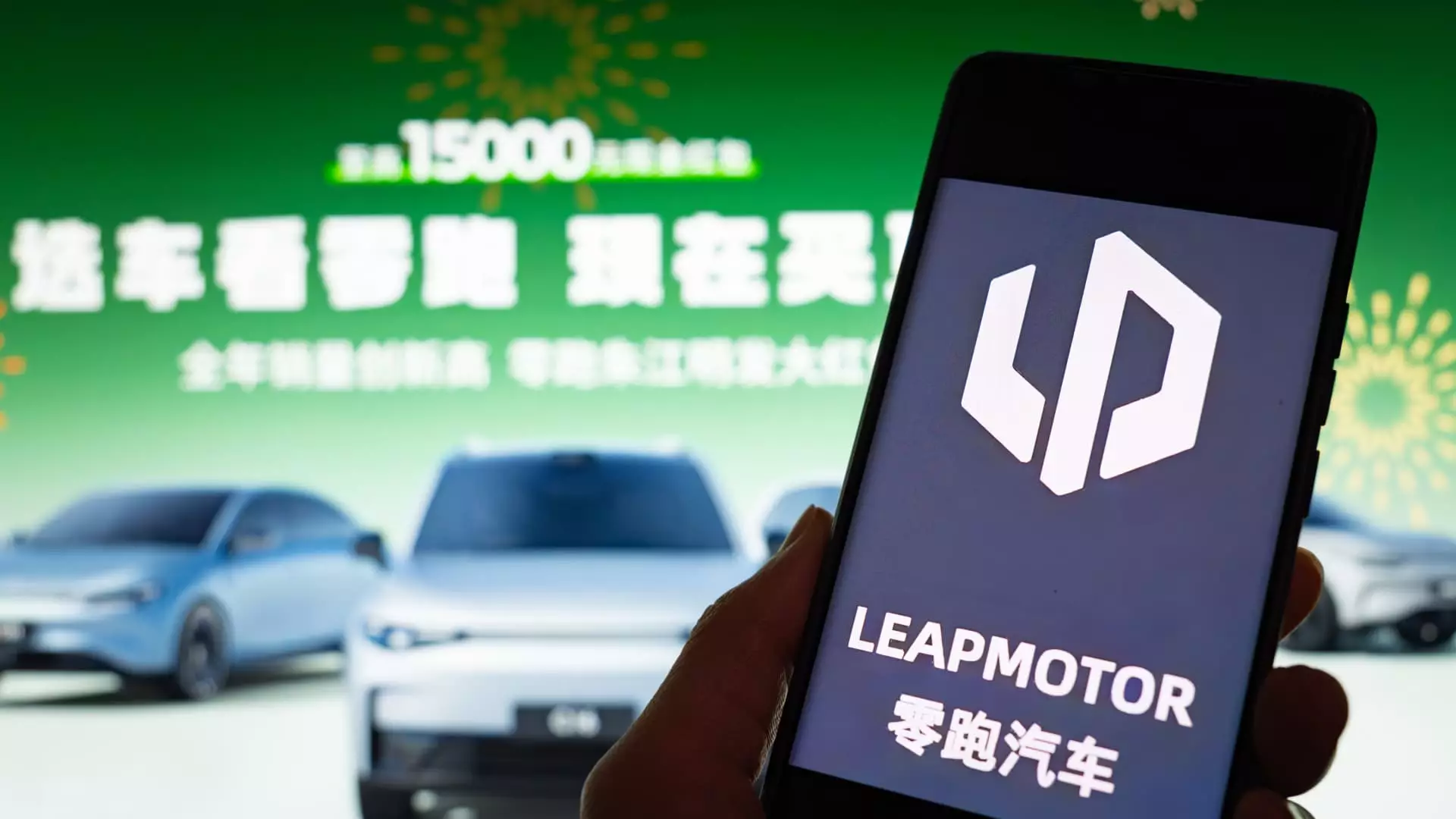In a fiercely competitive electric vehicle (EV) market, Chinese automakers are displaying remarkable resilience and growth, as evidenced by the impressive delivery figures reported by Leapmotor and Aito for May. Leapmotor, supported by Stellantis, recorded a staggering 45,067 deliveries, marking a phenomenal year-on-year increase of 148%. This uptick can be largely attributed to the launch of its revamped C10 model—a mid-sized SUV that starts at a competitive price of 122,800 yuan (around $17,045). Notably, over 13,000 units of the C10 were delivered within the same month, showcasing strong consumer interest and demand.
Aito, affiliated with Seres and equipped with technology from Huawei, mirrored Leapmotor’s success by delivering 44,454 vehicles in May. The revelation of their ultra-luxury sedan, the Maextro S800, with an eye-popping starting price of 708,000 yuan, adds another layer to the diversity and sophistication of the Chinese EV market. These figures not only reflect the strategic advancements of these companies but also their ability to capture a growing consumer base amid an escalating price war.
BYD: The Dominant Player in the Malaysian Market
Despite the remarkable achievements of newer players such as Leapmotor and Aito, giants like BYD continue to assert their dominance. With sales of 376,930 cars in May, a statistically significant growth, BYD remains the cornerstone of China’s EV landscape. However, the automaker’s aggressive pricing strategy, including a 20% price reduction for its Seagull model, has elicited mixed responses. Such pricing tactics resulted in a notable drop in other Chinese automakers’ stock prices, intensifying the ongoing price war that has sent ripples through the industry.
In addition to the direct impacts on market shares, this price warfare sparks parallels with the fallout from China’s real estate sector’s financial collapse, exemplified by Evergrande’s default in 2021. The specter of a similar crisis looms over the EV sector, raising questions about stability and future profitability in a market increasingly characterized by desperation to maintain volume sales at any cost.
Emerging Challenges for Startups
For many burgeoning EV startups, the challenges are palpable. Companies like Xpeng, though reporting an impressive year-on-year growth of 230% and maintaining over 30,000 monthly deliveries, are also experiencing fluctuations, with May deliveries dipping slightly to 33,525 units. Their recent launch of new models further emphasizes their attempts to carve a niche in a crowded marketplace creatively.
Meanwhile, Xiaomi’s foray into EVs also reveals intriguing dynamics. The tech conglomerate managed to deliver over 28,000 vehicles in May, showcasing consistency in performance. The anticipation surrounding its upcoming YU7 luxury SUV model is emblematic of the confluence of tech and automotive innovation—highlighting how diversified businesses are attempting to seize growth opportunities in the EV sector. However, the broader picture reveals that other startups have been less fortunate; for instance, Li Auto and Geely’s Zeekr recorded only modest growth, demonstrating the difficulties in scaling within this hyper-competitive environment.
Diversifying Strategies in Response to Intensified Competition
In light of the intense competition and impending regulatory hurdles, many automakers are reevaluating their strategies. While they navigate the treacherous waters of tariffs imposed by the European Union and the United States, manufacturers are increasingly looking towards emerging markets such as Africa for expansion. This eastward pivot signifies a critical recalibration within the industry, as companies seek new growth trajectories that may compensate for potential losses in more developed markets.
As BYD recently announced its entry into the Benin market in collaboration with CFAO Mobility, the narrative of the Chinese EV industry is transforming. This shift illustrates the urgency for Chinese automakers to innovate rapidly and diversify their offerings to maintain momentum amid both domestic and global headwinds. Only time will tell if these strategies will prove fruitful in an increasingly volatile and competitive landscape.

